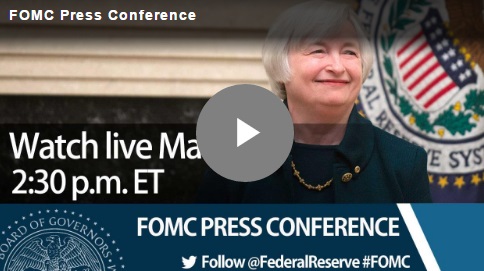 이미지 확대보기
이미지 확대보기미국의 금리 인상을 결정하는 기구가 바로 FOMC이다.
그런 면에서 FOMC는 세계 경제의 총 사령부라고 할 만하다.
FOMC는 연방 준비제도의 한 조직이다.
Federal Reserve 또는 Fed라고도 한다.
미국의 중앙은행 제도가 바로 연방준비제도이다.
연방준비제도는 1913년 12월 23일 탄생했다.
연방준비법(Federal Reserve Act)에 근거한 국가기관이다.
통화관리가 연방준비제도의 가장 중요한 기능이다.
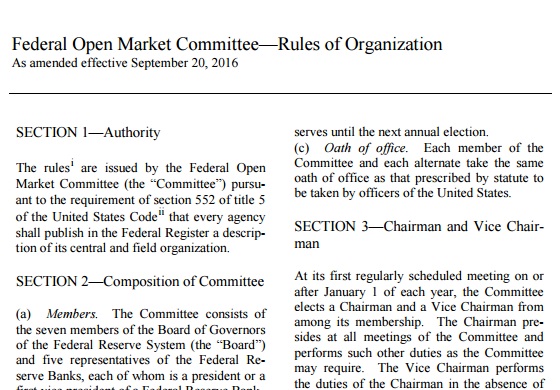 이미지 확대보기
이미지 확대보기달러화 발행, 금리 인상, 금리 인하, 지급 준비율 변경, 주식 거래 신용 규제, 가맹은행 예금금리 규제, 재할인율 등을 이곳에서 결정한다.
달러화가 세계 기축통화로 쓰이고 있는 점을 감안할 때 미국 연방준비제도를 세계의 통화 관리본부로 볼 수 있다.
연방준비제도를 움직이는 곳은 중앙이사회이다.
이를 연방준비제도이사회 영어로는 Board of Governors 라고 부른다.
이사는 대통령이 임명하지만 상원의 인준을 받아야 한다.
이사회 정원은 7명이다.
이사 임기는 14년이다.
재임은 없다. 2년마다 1명씩 교체한다.
이사회의 의장과 부의장은 대통령이 임명한다.
의장과 부의장의 임기는 4년이다.
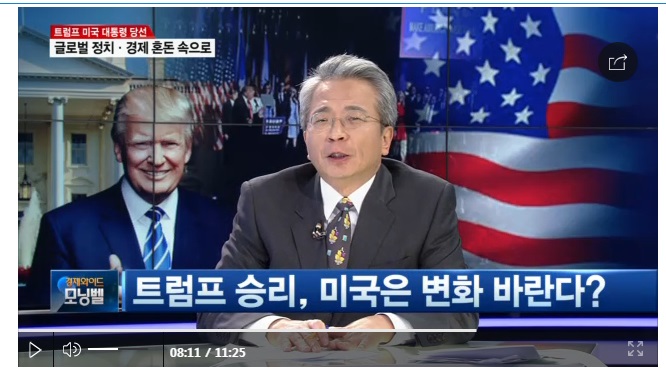 이미지 확대보기
이미지 확대보기이사회의 임기 동안에는 재임이 가능하다.
이 중앙이사회는 미국 백악관 인근에 있다.
현재 의장은 재닛 옐런 버클리대 교수이다.
이 이사회 산하에 12개의 지역 연방준비은행 즉 Federal Reserve Bank가 있다.
보스턴, 뉴욕, 필라델피아, 시카고, 샌프란시스코, 클리블랜드, 리치먼드, 애틀랜타, 세인트루이스, 미니애폴리스, 캔자스시티, 댈러스 연방준비은행이 바로 그것이다.
이 12개의 연방은행은 주식회사이다.
미국 정부와 JP모건 등이 지분을 소유하고 있다.
연방준비제도는 경제공황의 산물이다.
미국은 1907년 경제공황을 맞았다.
공황 타개를 위해 '국가화폐위원회'(National Monetary Commission)를 만들었다.
이 위원회가 훗날 연방 준비제도로 발전한다.
연방준비제도 창설의 주역은 앨드리치 상원의원, 피아트 앤드루 재무장관, 쿤롭 계열 내셔널시티은행 프랭크 밴덜립, 쿤롭사의 동업자 와벅, JP모건의 동업자 핸리 데이비슨, 모건 계열의 뉴욕 퍼스널 내셔널 시티은행의 찰스 노턴, 모건 계열인 뱅커스트러스트사 밴자민 스트롱 등이다.
FOMC는 연방준비제도의 통화정책을 결정하는 의결기구이다.
연방공개시장위원회 영어로 Federal Open Market Committee라고 부른다.
FOMC는 12명으로 구성된다. 그중 7명은 연방준비제도이사회로부터, 나머지 5명은 지역 연방준비은행 총재들로 부터 나온다.
FOMC란
The term "monetary policy" refers to the actions undertaken by a central bank, such as the Federal Reserve, to influence the availability and cost of money and credit to help promote national economic goals. The Federal Reserve Act of 1913 gave the Federal Reserve responsibility for setting monetary policy.
The Federal Reserve controls the three tools of monetary policy--open market operations, the discount rate, and reserve requirements. The Board of Governors of the Federal Reserve System is responsible for the discount rate and reserve requirements, and the Federal Open Market Committee is responsible for open market operations. Using the three tools, the Federal Reserve influences the demand for, and supply of, balances that depository institutions hold at Federal Reserve Banks and in this way alters the federal funds rate. The federal funds rate is the interest rate at which depository institutions lend balances at the Federal Reserve to other depository institutions overnight.
Changes in the federal funds rate trigger a chain of events that affect other short-term interest rates, foreign exchange rates, long-term interest rates, the amount of money and credit, and, ultimately, a range of economic variables, including employment, output, and prices of goods and services.
Structure of the FOMC
The Federal Open Market Committee (FOMC) consists of twelve members--the seven members of the Board of Governors of the Federal Reserve System; the president of the Federal Reserve Bank of New York; and four of the remaining eleven Reserve Bank presidents, who serve one-year terms on a rotating basis. The rotating seats are filled from the following four groups of Banks, one Bank president from each group: Boston, Philadelphia, and Richmond; Cleveland and Chicago; Atlanta, St. Louis, and Dallas; and Minneapolis, Kansas City, and San Francisco. Nonvoting Reserve Bank presidents attend the meetings of the Committee, participate in the discussions, and contribute to the Committee's assessment of the economy and policy options.
The FOMC holds eight regularly scheduled meetings per year. At these meetings, the Committee reviews economic and financial conditions, determines the appropriate stance of monetary policy, and assesses the risks to its long-run goals of price stability and sustainable economic growth.
For more detail on the FOMC and monetary policy, see section 2 of the brochure on the structure of the Federal Reserve System and chapter 2 of Purposes & Functions of the Federal Reserve System. FOMC Rules and Authorizations are also available online.
2017 Committee Members
Janet L. Yellen, Board of Governors, Chair
William C. Dudley, New York, Vice Chairman
Lael Brainard, Board of Governors
Charles L. Evans, Chicago
Stanley Fischer, Board of Governors
Patrick Harker, Philadelphia
Robert S. Kaplan, Dallas
Neel Kashkari, Minneapolis
Jerome H. Powell, Board of Governors
Daniel K. Tarullo, Board of Governors
Alternate Members
Marie Gooding, First Vice President, Atlanta
Jeffrey M. Lacker, Richmond
Loretta J. Mester, Cleveland
Michael Strine, First Vice President, New York
John C. Williams, San Francisco
Federal Reserve Bank Rotation on the FOMC
Committee membership changes at the first regularly scheduled meeting of the year.
2018 2019 2020
Members New York
Cleveland
Richmond
Atlanta
San Francisco New York
Chicago
Boston
St. Louis
Kansas City New York
Cleveland
Philadelphia
Dallas
Minneapolis
Alternate
Members New York†
Chicago
Boston
St. Louis
Kansas City New York†
Cleveland
Philadelphia
Dallas
Minneapolis New York†
Chicago
Richmond
Atlanta
San Francisco
FOMC 10명의 위원은 누구?
<의장> 재넷 옐런 Fed 의장
<부의장> 윌리엄 더들리 뉴욕 총재
<지역 연준 총재>
찰스 에반스 시카고 총재
패트릭 하커 필라델피아 총재
로버트 카프란 달라스 총재
닐 카시카리 미니아폴리스
스탠리 피셔 Fed 부의장
브레이나드 Fed 이사
제롬 파월 Fed 이사
다니엘 타룰로 Fed 이사
미국 FOMC 기준금리 조정 내역
-연0.50%~0,75%
===> 연0.75%~1.00%
-인상폭 0.25% 포인트
17년 3월16일
김대호 소장/경제학 박사 yoonsk828@g-enews.com



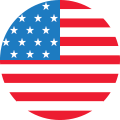


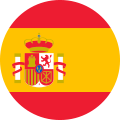











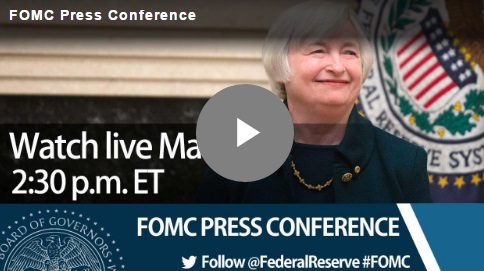
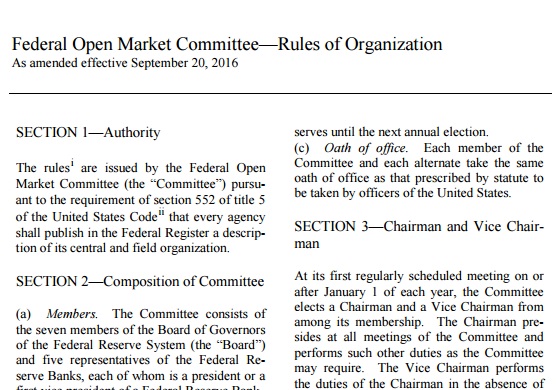
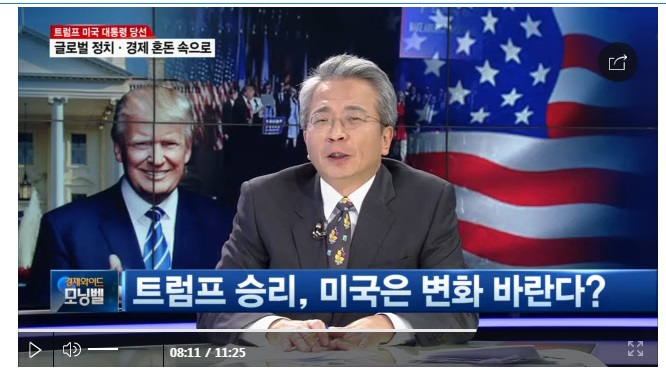








![[초점] 트럼프와 갈등 머스크, ‘신당 창당’ 공언…美 정치지형...](https://nimage.g-enews.com/phpwas/restmb_setimgmake.php?w=80&h=60&m=1&simg=20250703101302001499a1f3094311109215171.jpg)














